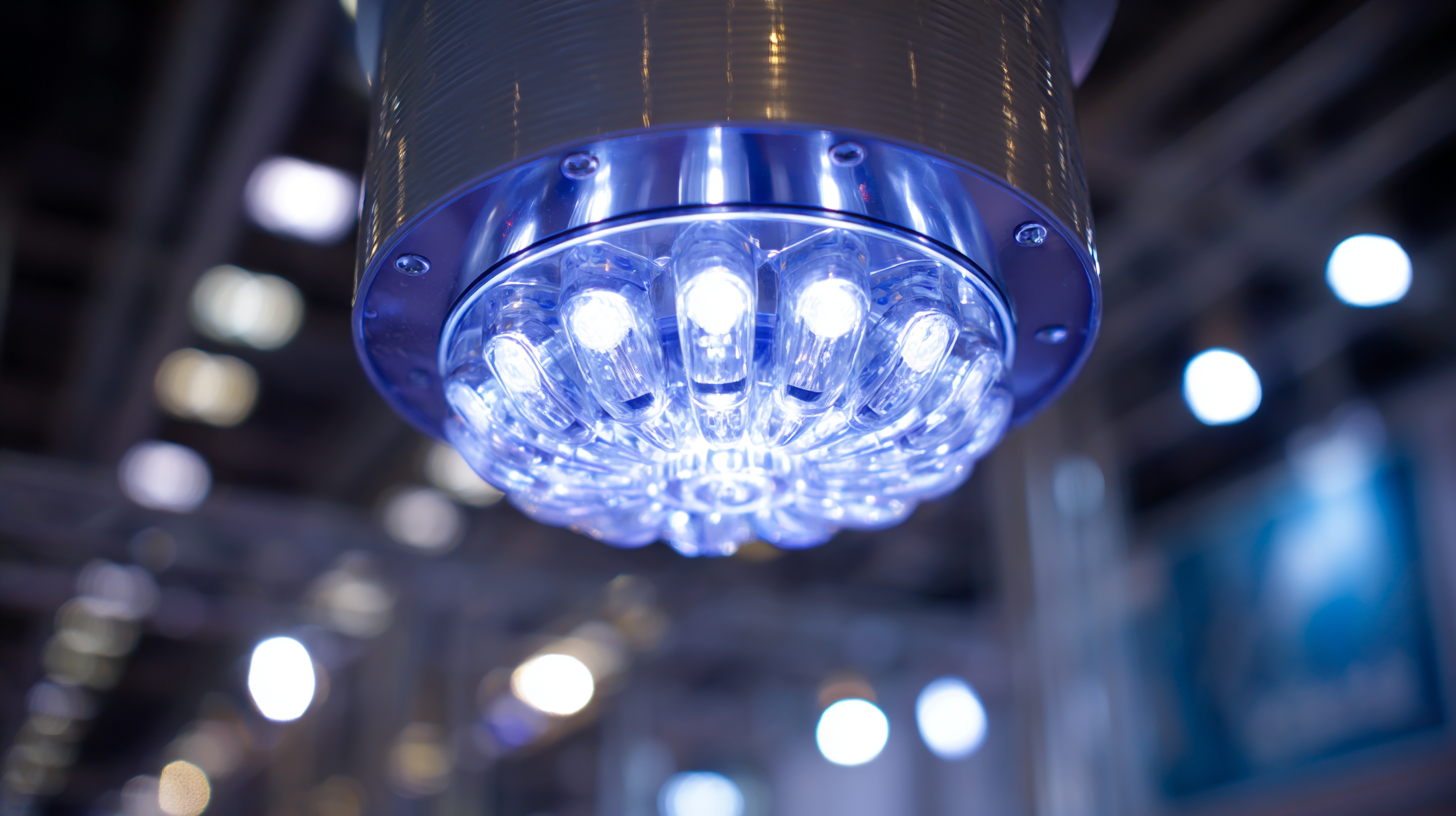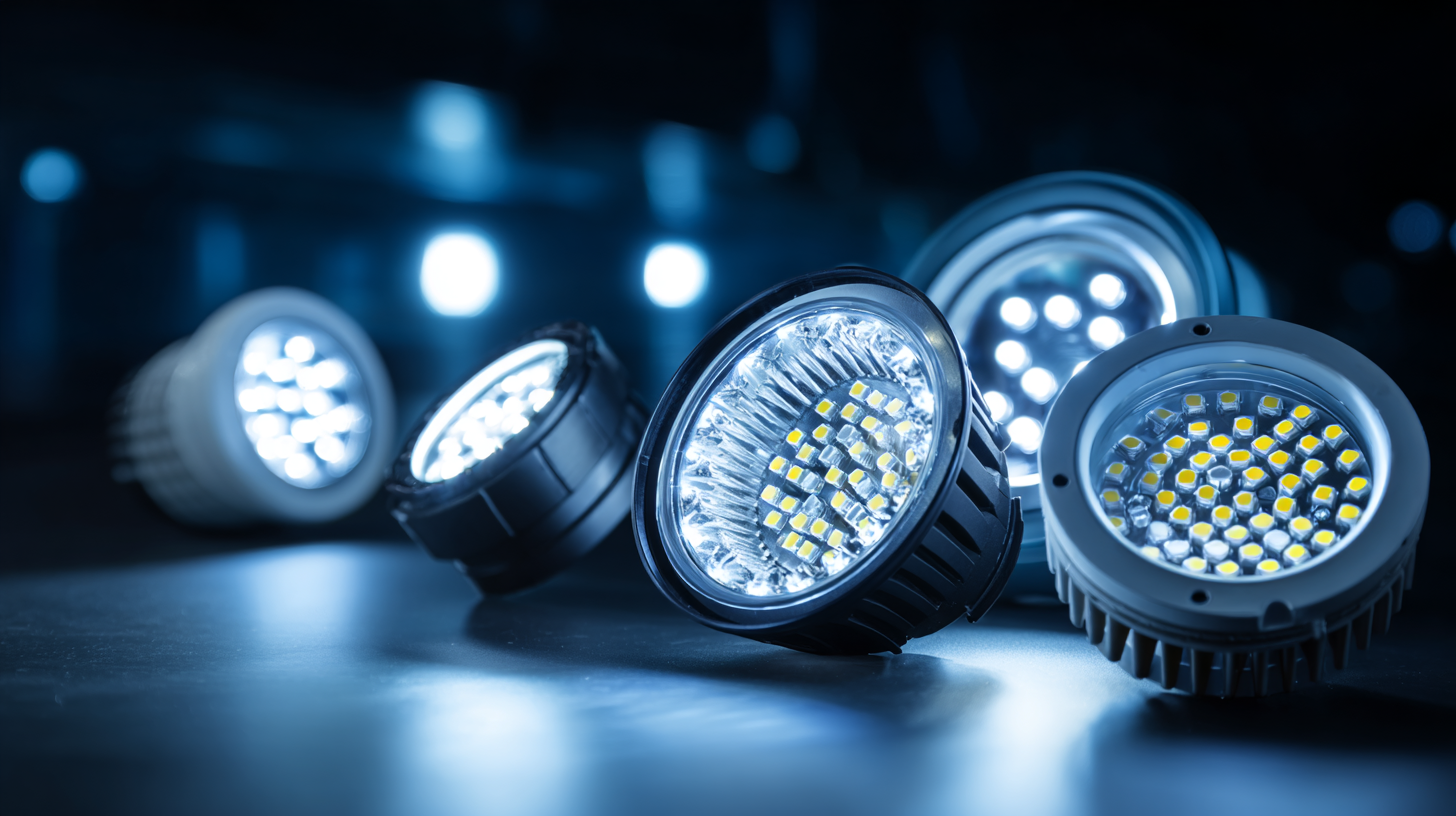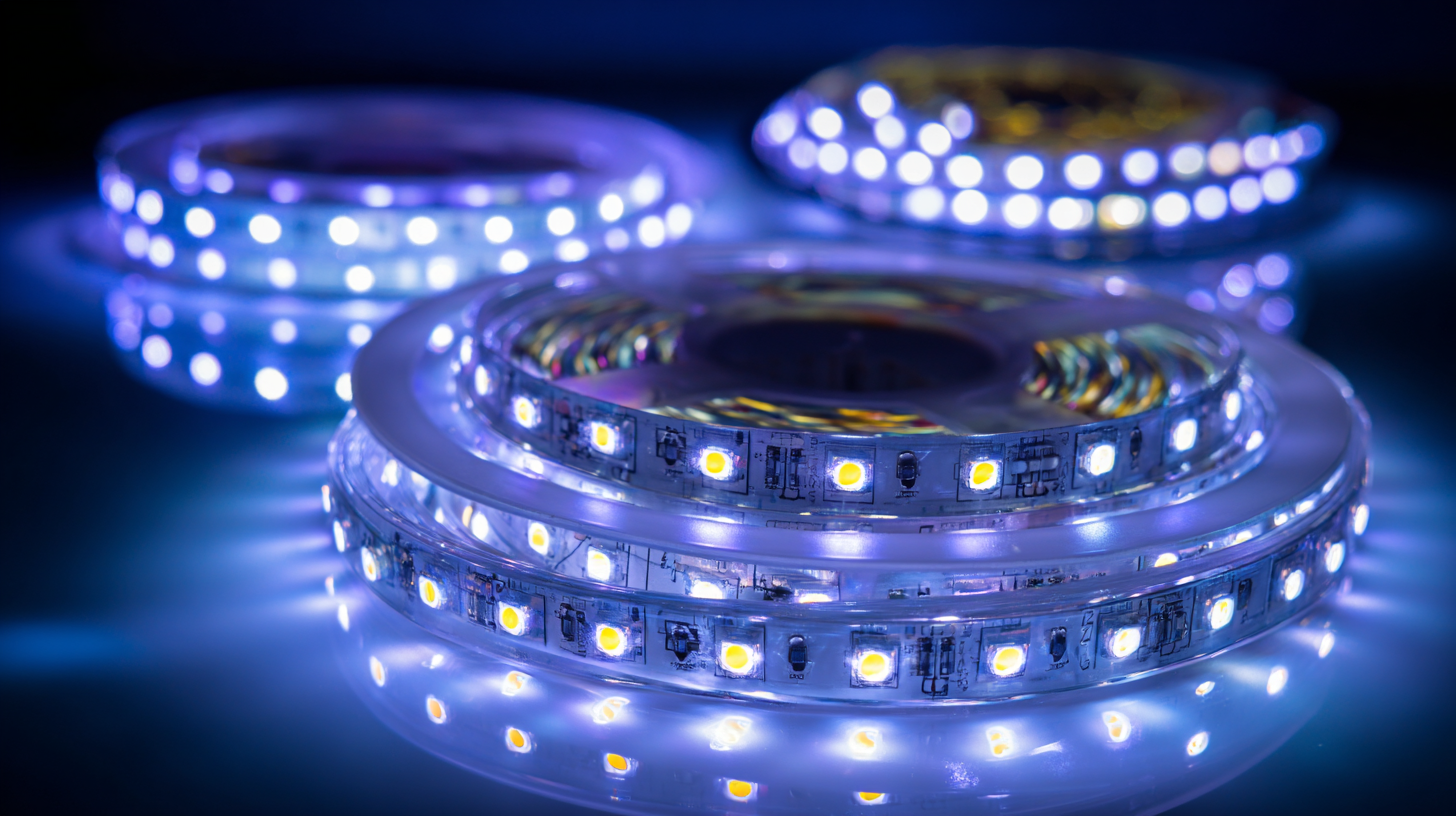Exploring Diverse Industry Applications of Best Led Lighting Solutions for Global Buyers
As the global market for LED lighting continues to expand, projected to reach $105.5 billion by 2025 according to a report from Allied Market Research, the importance of sourcing high-quality solutions from reputable manufacturers becomes ever more critical. LED lighting technology not only offers significant energy savings—up to 80% compared to traditional lighting—but also provides extended lifespans and enhanced environmental benefits. Industries from agriculture to healthcare are increasingly adopting LED solutions to improve efficiency and reduce operational costs. In this blog, we will explore diverse applications of LED lighting across various sectors, focusing on how global buyers can benefit from the best products available from top manufacturing facilities in China. Discover how these innovative lighting solutions are transforming industries and driving sustainable practices worldwide.

The Evolution of LED Lighting Technology Across Industries
The evolution of LED lighting technology has been nothing short of remarkable, reshaping various industries through enhanced efficiency and versatility. With the global lighting market projected to grow from USD 151.7 billion in 2024 to USD 223.3 billion by 2030, the adoption of LED solutions is accelerating at a significant pace. This growth can be attributed to the phase-down of traditional incandescent lamps, prompting a shift towards more energy-efficient technologies, including LEDs and fluorescent lamps.
In the automotive sector, LEDs are making substantial inroads, transforming vehicle lighting systems. Estimates suggest that this market could reach nearly $27.7 billion, driven by advancements in semiconductor technology and manufacturing processes. Additionally, the resurgence of the LED and smart lighting industry post-COVID-19 highlights the importance of sustainable energy solutions, as LED lamps not only consume less power but also boast a longer lifespan compared to their incandescent counterparts. As industries continue to embrace these innovative lighting solutions, the role of LED technology in driving efficiency and sustainability cannot be overstated.
Key Benefits of Adopting LED Solutions for Sustainable Practices
Adopting LED lighting solutions offers numerous key benefits that align with sustainable practices across various industries. One of the primary advantages of LEDs is their energy efficiency. Unlike traditional incandescent or fluorescent bulbs, LEDs consume significantly less energy, leading to reduced electricity bills and lower carbon emissions. This transition is crucial for companies aiming to meet regulatory standards and embrace greener practices. The longevity of LED technology also means less frequent replacements, which translates to less waste and lower material consumption over time.
Furthermore, LED lighting solutions enhance the quality of light, promoting healthier environments for both workers and customers. They provide better color rendering and consistency, which can improve productivity in workplaces such as manufacturing facilities and retail spaces. The ability to control brightness and color temperature further supports energy conservation efforts, allowing businesses to tailor settings to specific needs throughout the day. As industries recognize the importance of sustainable practices, adopting LED solutions emerges not just as a cost-effective measure but as a strategic investment in the future, demonstrating a commitment to environmental stewardship.
Exploring Diverse Industry Applications of Best Led Lighting Solutions for Global Buyers - Key Benefits of Adopting LED Solutions for Sustainable Practices
| Industry | Application | Benefits of LED Solutions | Sustainability Impact |
|---|---|---|---|
| Retail | Storefront Lighting | Enhanced visibility, energy efficiency | Reduced carbon footprint |
| Healthcare | Surgical Lighting | Improved color accuracy, lower heat generation | Lower energy use |
| Hospitality | Ambient Lighting | Cost savings, long lifespan | Sustainable guest experience |
| Institutional | Educational Facilities | Better focus and concentration, energy savings | Promotes eco-friendly school initiatives |
| Industrial | Warehouse Lighting | Safety improvements, reduced maintenance | Minimizes environmental impact |
Top Industries Transforming Their Operations with LED Innovations
The adoption of LED lighting solutions is not just a trend; it's a transformative force reshaping various industries. According to a report by the U.S. Department of Energy, LED lighting is expected to penetrate over 75% of the lighting market by 2030, underscoring its growing importance across sectors. In the manufacturing industry, for instance, companies are utilizing LED technology to enhance energy efficiency, leading to a potential reduction in energy consumption by approximately 50% compared to conventional lighting. This significant decrease not only lowers operational costs but also contributes to a company's sustainability goals.
Retail businesses are also reaping the benefits of LED innovations. A recent study by the National Retail Federation indicated that the strategic use of LED lighting can increase in-store sales by up to 30%, thanks to improved product visibility and enhanced customer experience. Furthermore, LEDs offer various color temperatures that can influence consumer behavior and purchasing decisions, creating an environment that encourages shoppers to stay longer and buy more. As these industries continue to embrace LED technology, the impact on operational efficiency and customer engagement is poised to grow exponentially.
Cost-Effectiveness: Why LED Lighting is a Smart Investment for Businesses
 LED lighting solutions have revolutionized various industries by offering exceptional cost-effectiveness and superior energy efficiency. Traditionally, businesses have relied on incandescent and fluorescent lighting, which not only consume more energy but also require frequent replacements. In contrast, LED lights are designed to last longer, reducing maintenance costs and the frequency of replacements. This longevity translates to significant savings for businesses, particularly in commercial settings such as retail stores, warehouses, and office spaces.
LED lighting solutions have revolutionized various industries by offering exceptional cost-effectiveness and superior energy efficiency. Traditionally, businesses have relied on incandescent and fluorescent lighting, which not only consume more energy but also require frequent replacements. In contrast, LED lights are designed to last longer, reducing maintenance costs and the frequency of replacements. This longevity translates to significant savings for businesses, particularly in commercial settings such as retail stores, warehouses, and office spaces.
Moreover, the initial investment in LED lighting proves to be a smart financial decision over time. Although the upfront cost may be higher than traditional lighting options, the energy savings quickly accumulate, resulting in lower electricity bills. Additionally, many governments incentivize the switch to LED technology through rebates and grants, further enhancing the financial benefits. By adopting LED lighting solutions, businesses not only minimize their operational costs but also contribute to sustainability efforts by reducing their carbon footprint, making it a win-win scenario for both the company and the environment.
Future Trends: The Role of LED Lighting in Smart Cities and Green Tech
The rise of smart cities represents a transformative shift in urban planning, propelled by the integration of advanced technologies. One critical component of this evolution is LED lighting, which is projected to account for over 60% of the global lighting market by 2025, according to a report by Grand View Research. LED solutions not only offer energy efficiency—using up to 80% less energy than traditional incandescent bulbs—but they also support intelligent lighting systems capable of adjusting based on real-time data. This adaptability is crucial for smart cities, where street lighting can optimize electricity use during different times of the day or react to environmental conditions.

As cities strive for sustainability, the role of LED lighting in green technology becomes increasingly vital. The International Energy Agency estimates that adopting LED technology could reduce global greenhouse gas emissions by over 1.5 gigatons annually. Smart LED systems can be integrated with renewable energy sources, enhancing the operational efficiencies of urban environments. These innovations not only contribute to lowering carbon footprints but also improve the livability of cities, making them safer and more aesthetically pleasing to their residents. The future of urban landscapes is undeniably intertwined with the advancement of LED lighting solutions and their capacity to harness data for sustainable development.
